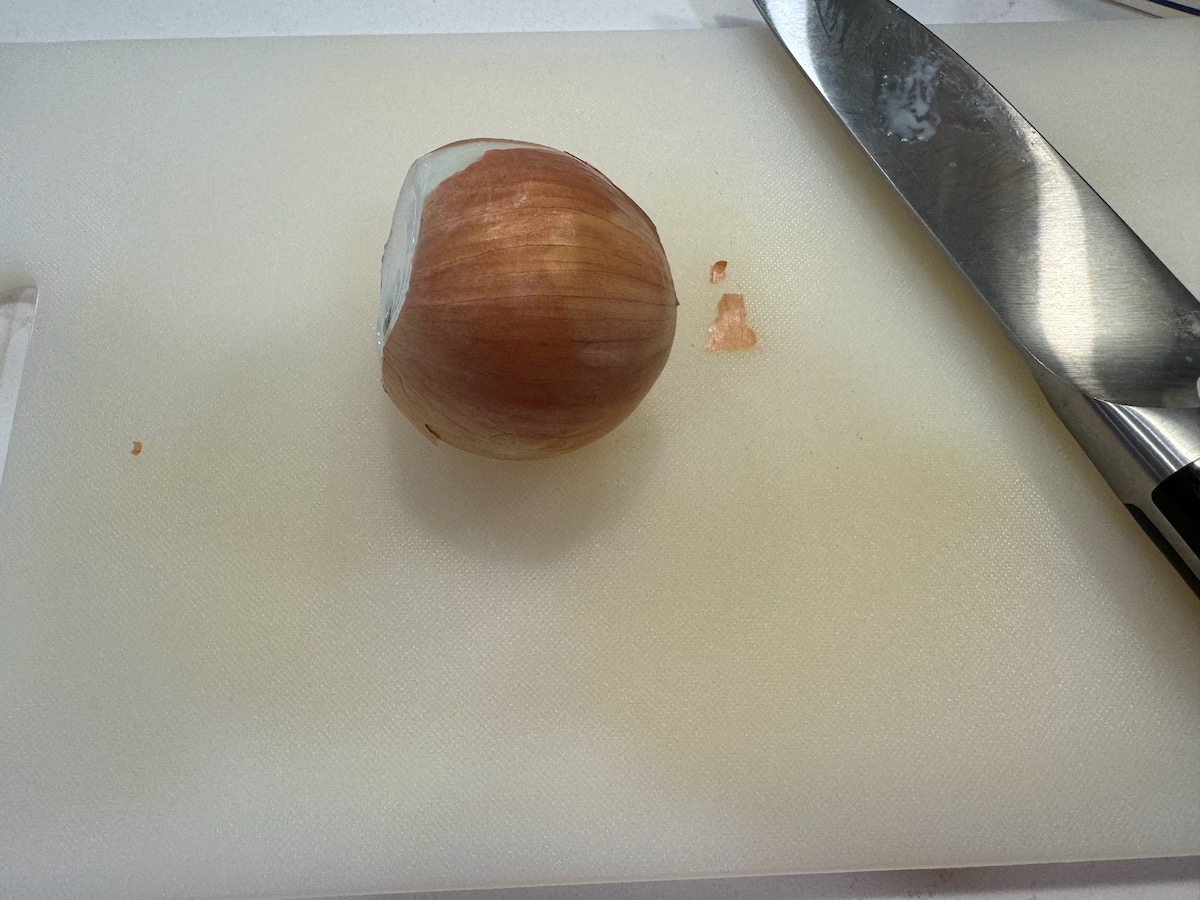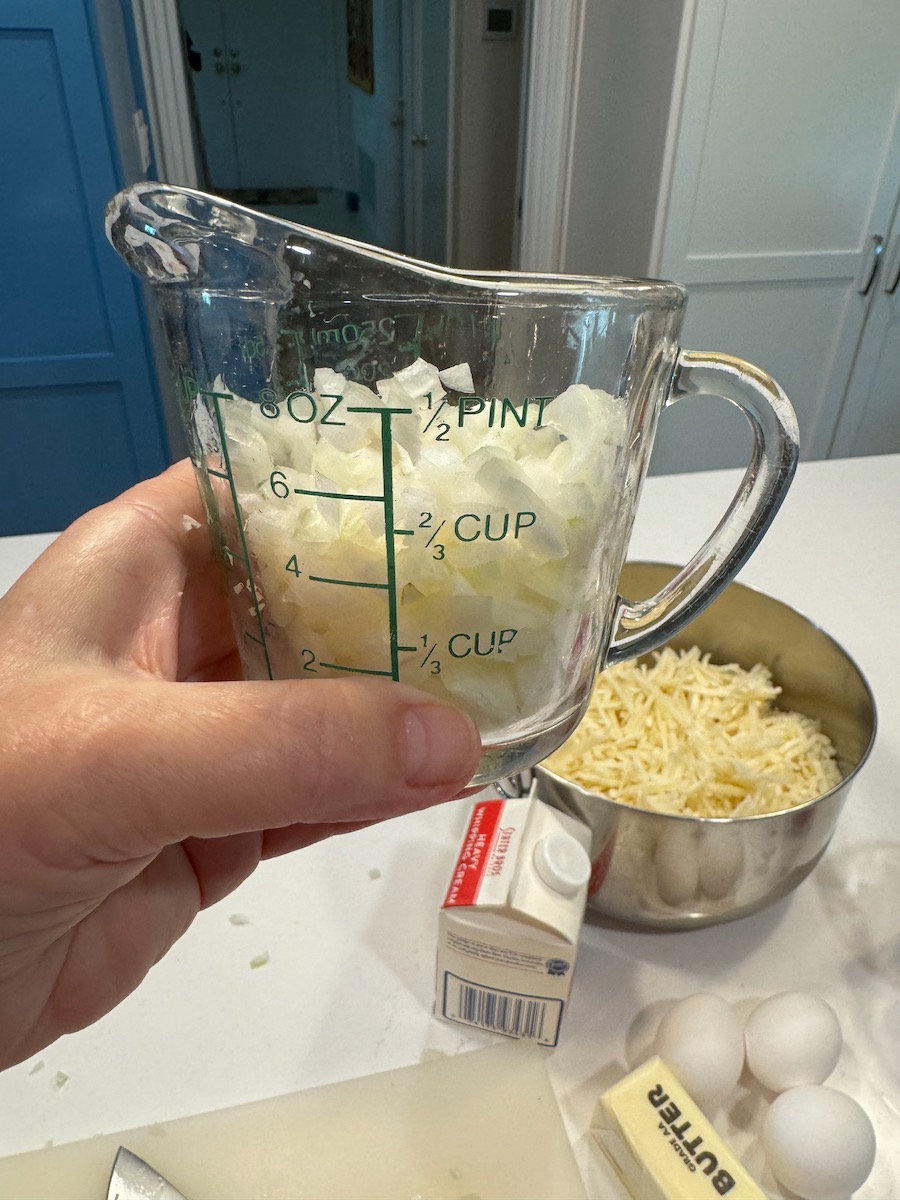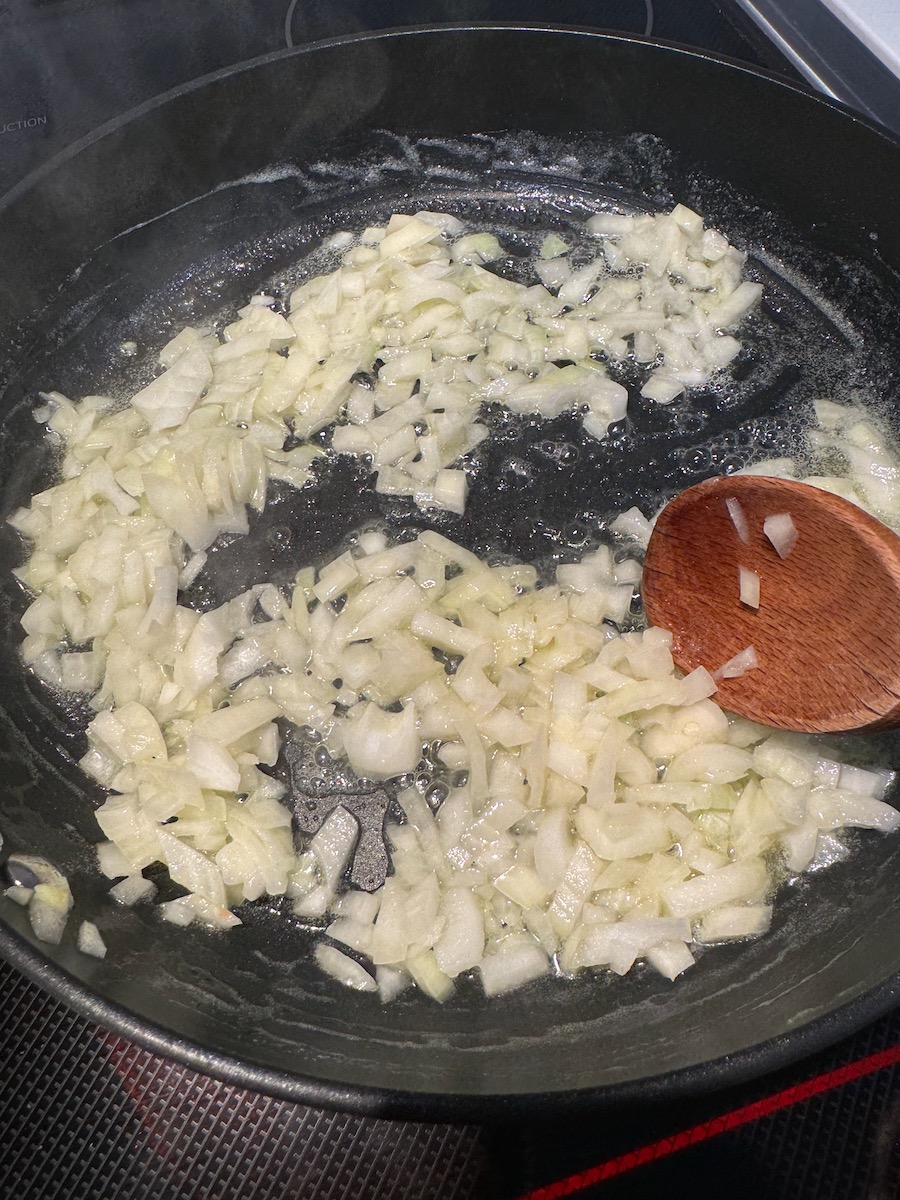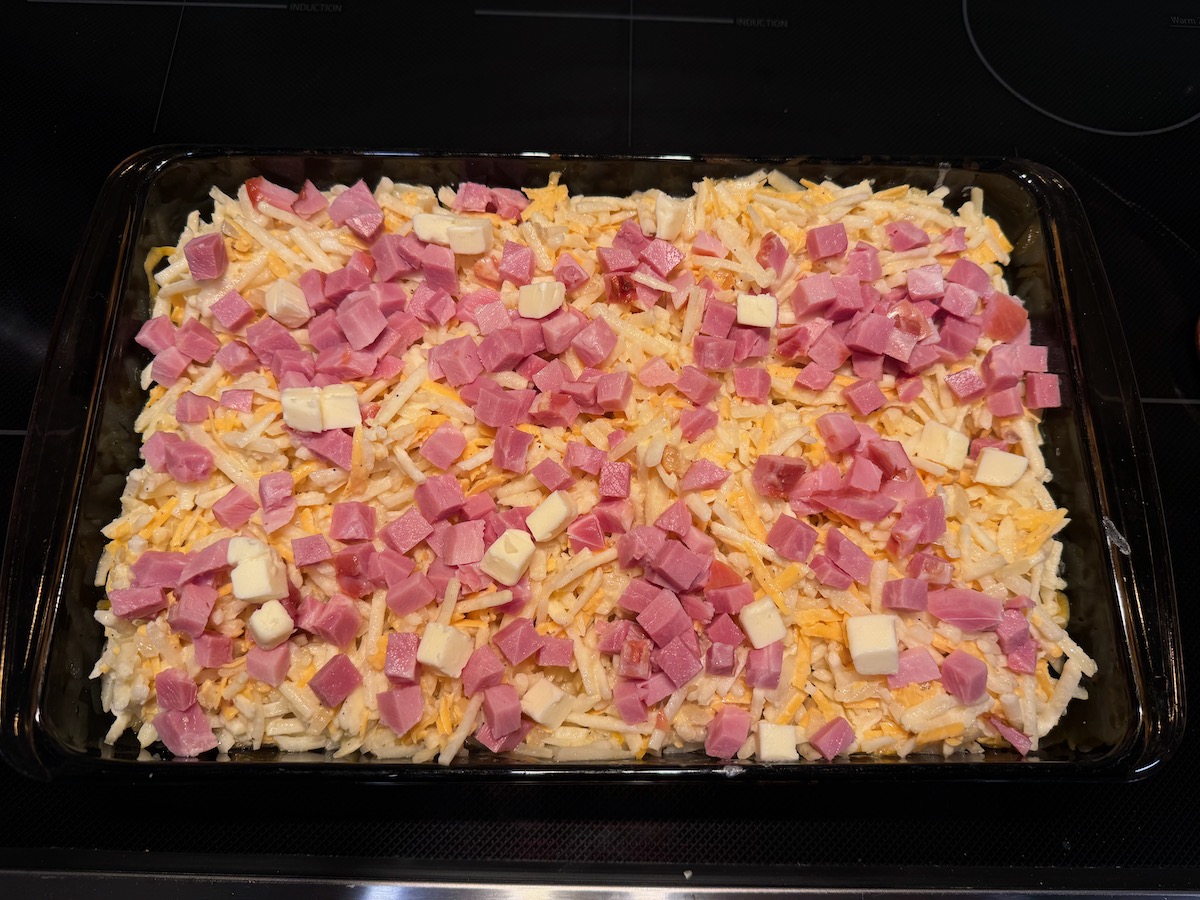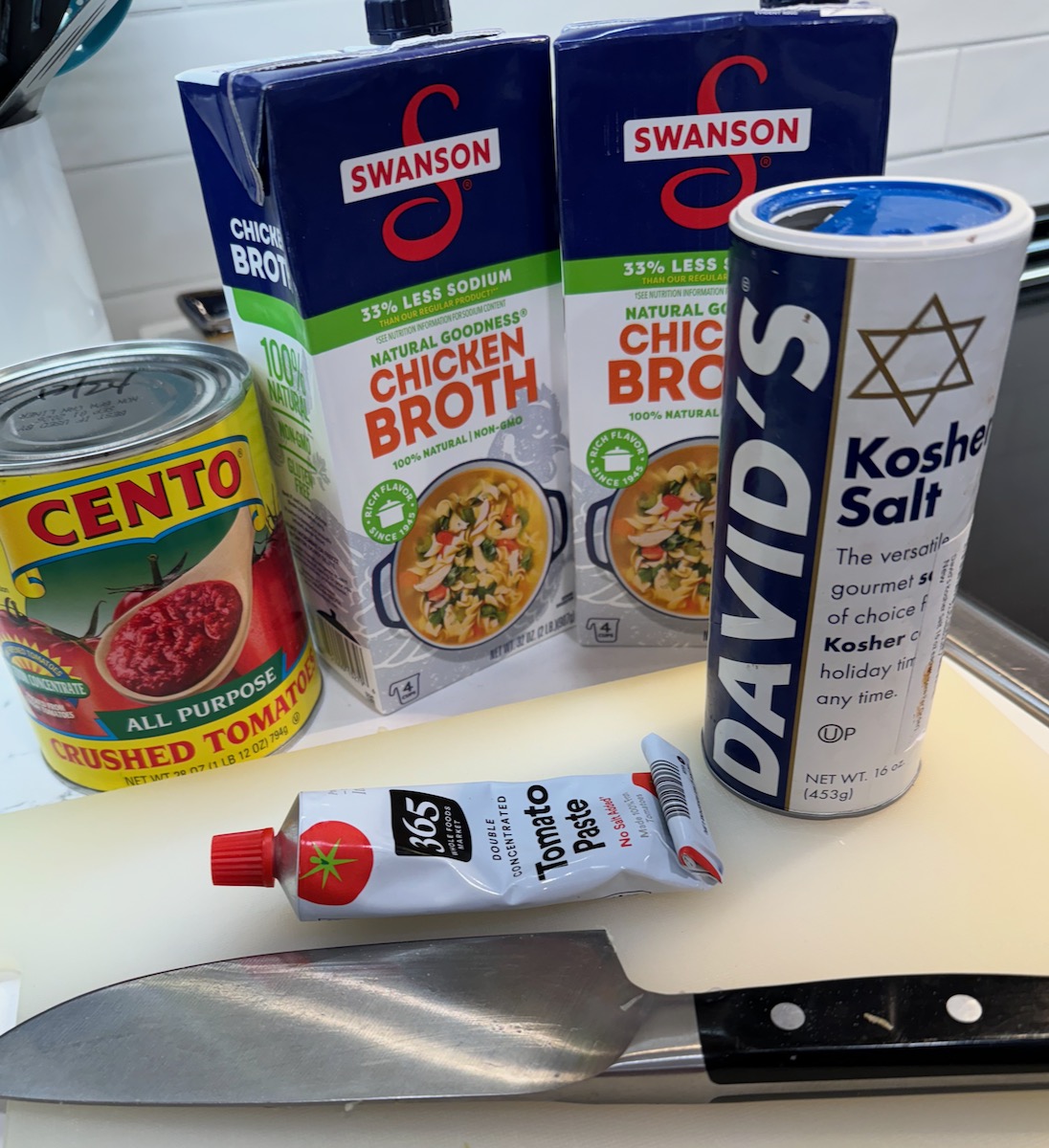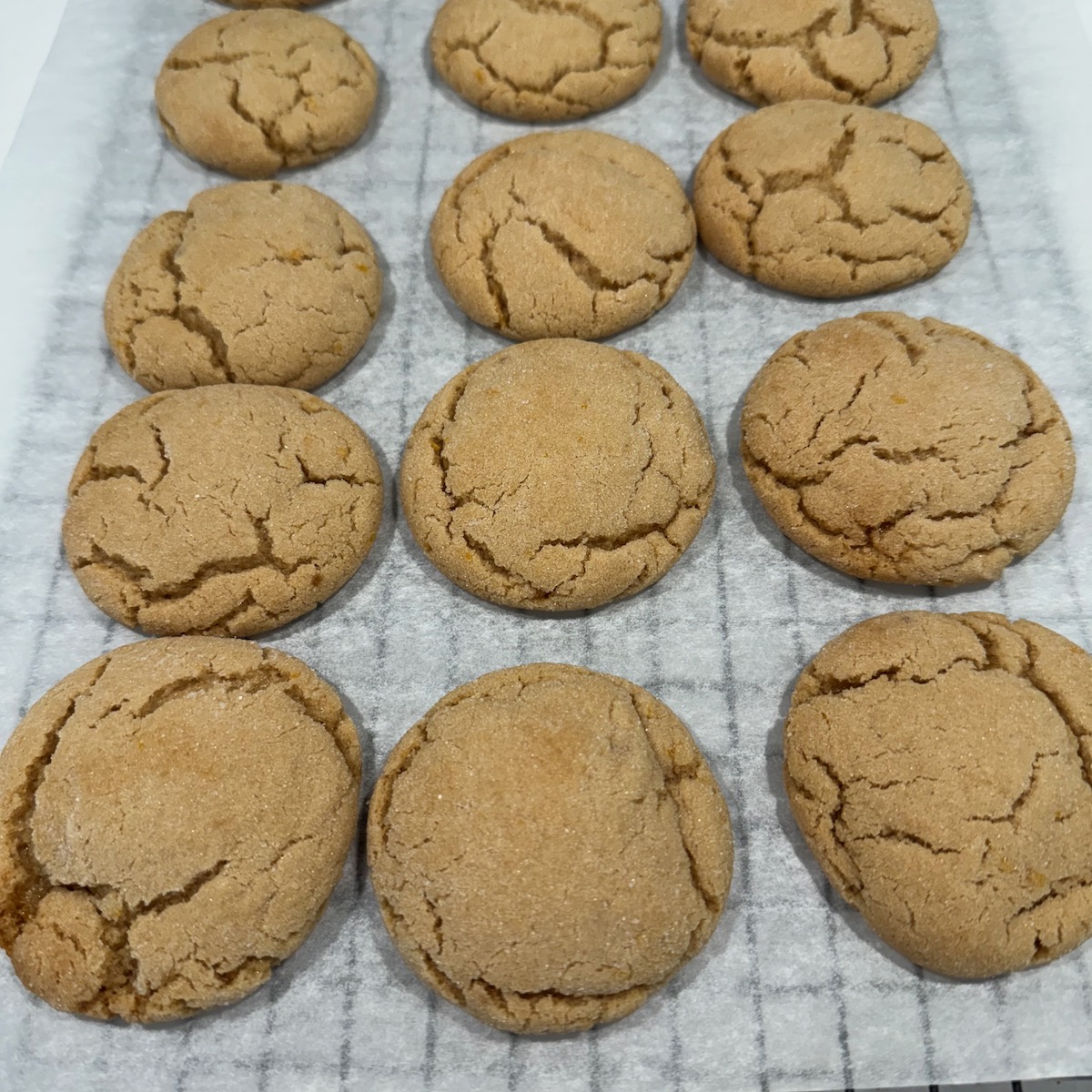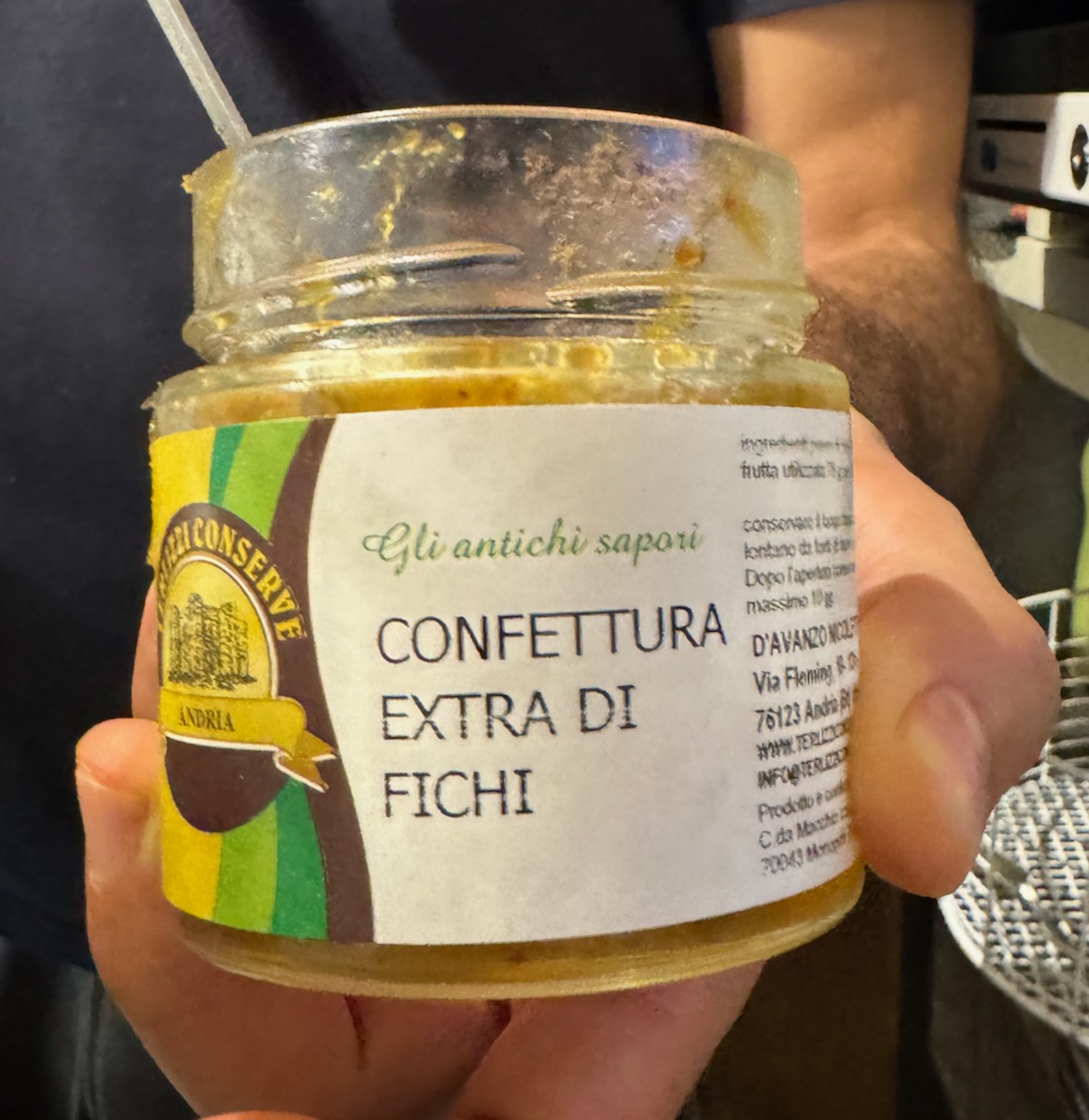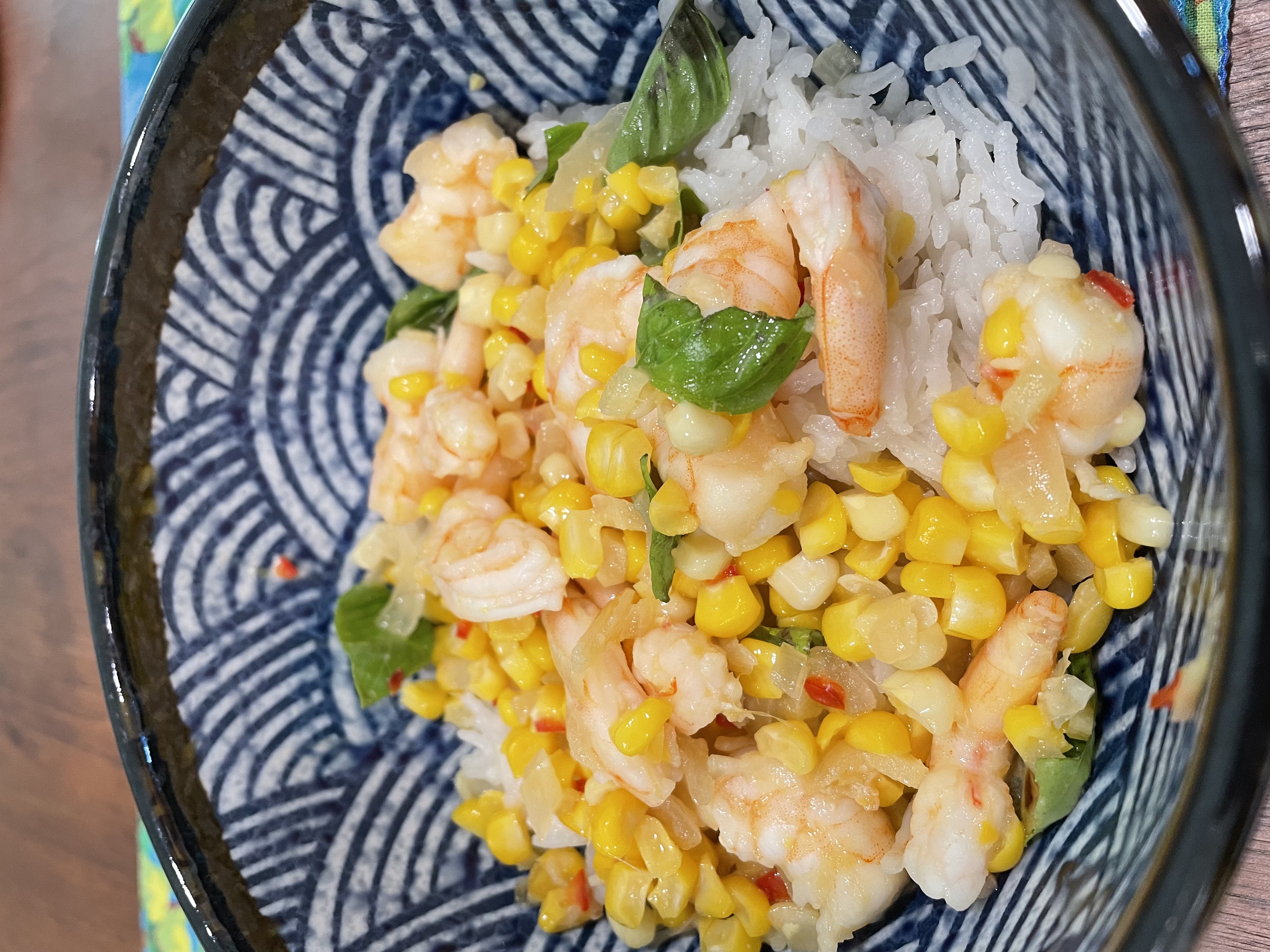
Another great recipe found on the New York Times, and as usual, I changed it up to suit our family. I pulled four mandarin oranges off the tree to make this, and the citrus brightened up the rich flavor of the miso.




INGREDIENTS
2-4 oranges, or mandarin oranges (we like a lot, but ours were small)
3 Tablespoons butter, melted
3 Tablespoons white miso
2 Tablespoons rice wine vinegar
1 teaspoon brown sugar
1 1/2-2 pounds boneless, skinless chicken thighs
salt
2 medium-sized sweet potatoes
shake of cumin
shake of nutmeg
2 Tablespoons butter for roasting pan
drizzle of olive oil for roasting pan
4-5 ounces baby arugula
PREPARATION
- Place oven rack in the top third of the oven, then heat to 425 degrees.
- Wash, then finely zest the oranges (can use regular oranges) — about 1 Tablespoon, total — over the melted butter. Add the miso, rice wine vinegar, and brown sugar and stir until well blended.
- Place 2 Tablespoons butter and a hefty drizzle of olive oil on rimmed cookie sheet; place in hot oven to get hot, but don’t let butter burn.
- Peel two medium-sized sweet potatoes. Cut into 1/2-inch chunks, and toss lightly with olive oil. Sprinkle with a shake of cumin and a shake of nutmeg; toss. Tumble out onto hot cookie sheet, evening it into one layer. Place in oven on lower rack and roast at the same time as chicken, about 20 minutes. Test for doneness, then set aside.
- Pat chicken dry, then place in 9 x 13 broiler-safe baking dish and lightly season with salt. Spoon the miso-butter mixture over the chicken and coat all sides of the chicken well (the original recipe suggests using your hands, but I found tongs and a spatula worked quite well). Arrange in a single layer in the baking dish, then roast on the upper rack until cooked through and charred in some spots. I suggest about 20 minutes. If top doesn’t have the char, the broiler could be used for a minute or two. (Likewise, if your chicken is too brown, move it to a middle rack.)
- Transfer the chicken to a cutting board; let rest while you finish the prep.
- Supreme the oranges: Cut the top and bottom off the oranges, and set it on one cut side. Following the curve of the orange, cut away the pith and the peel, but reserve those peels. Segment the orange into bite-size pieces removing any seeds (if any).
- Squeeze the juice from the supremed orange peels into the baking dish, using a spatula to scrape up any browned bits stuck to the pan. Stir in the orange slices.
- To serve, slice the chicken. Place the arugula in a large bowl or serving platter. Season with salt, then drizzle on some of the citrus and the juices from the pan. Scoop some roast sweet potato cubes on that, then top with the sliced chicken, followed by the remainder of citrus and juice, and sweet potatoes.
NOTE: We had more sweet potatoes than needed. Judge how much you need to put on the dish. And…my pan juices needed about a minute back in the oven at the end to loosen them up, so I could spoon them onto the arugula for serving.
Here’s a video on how to supreme an orange.





